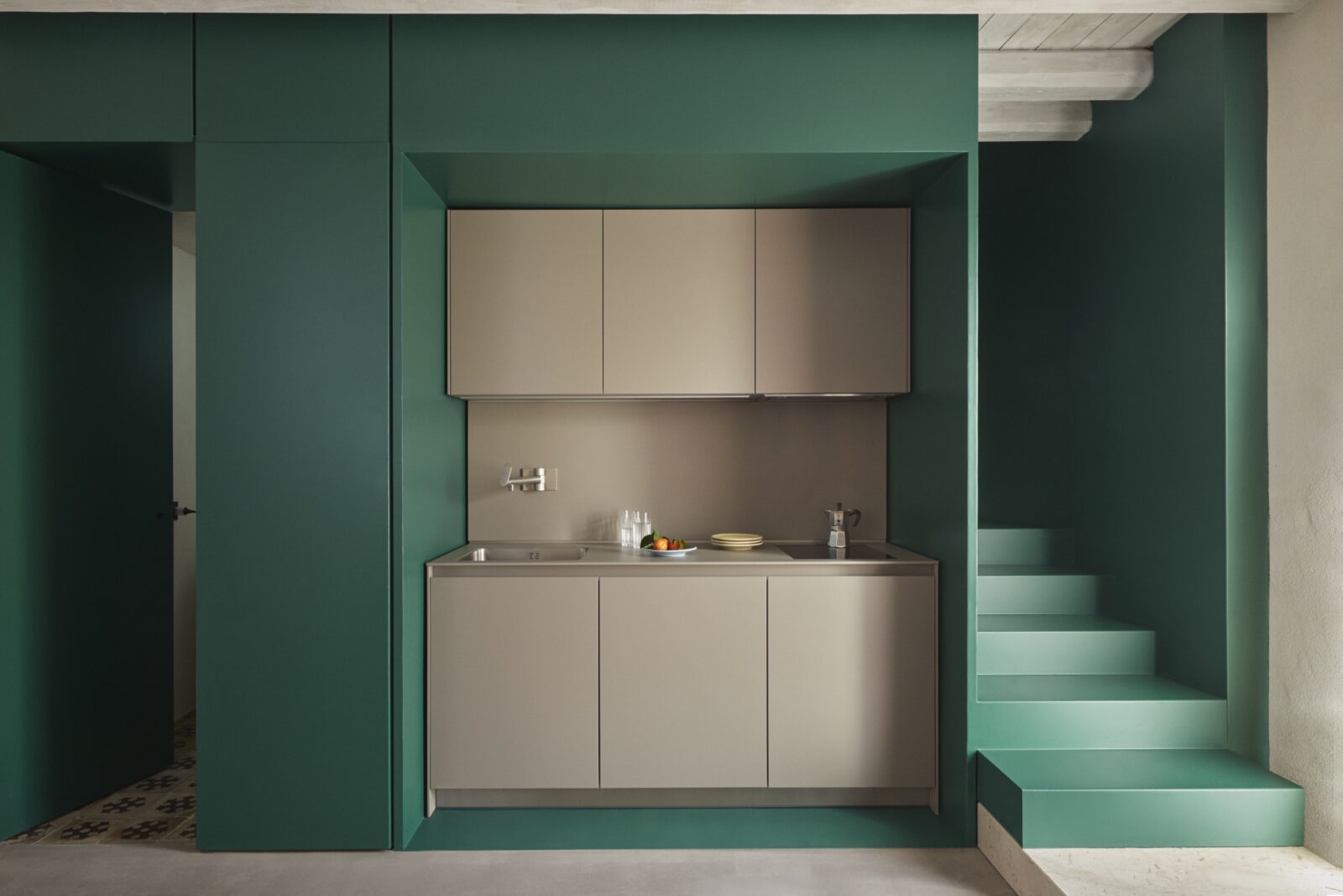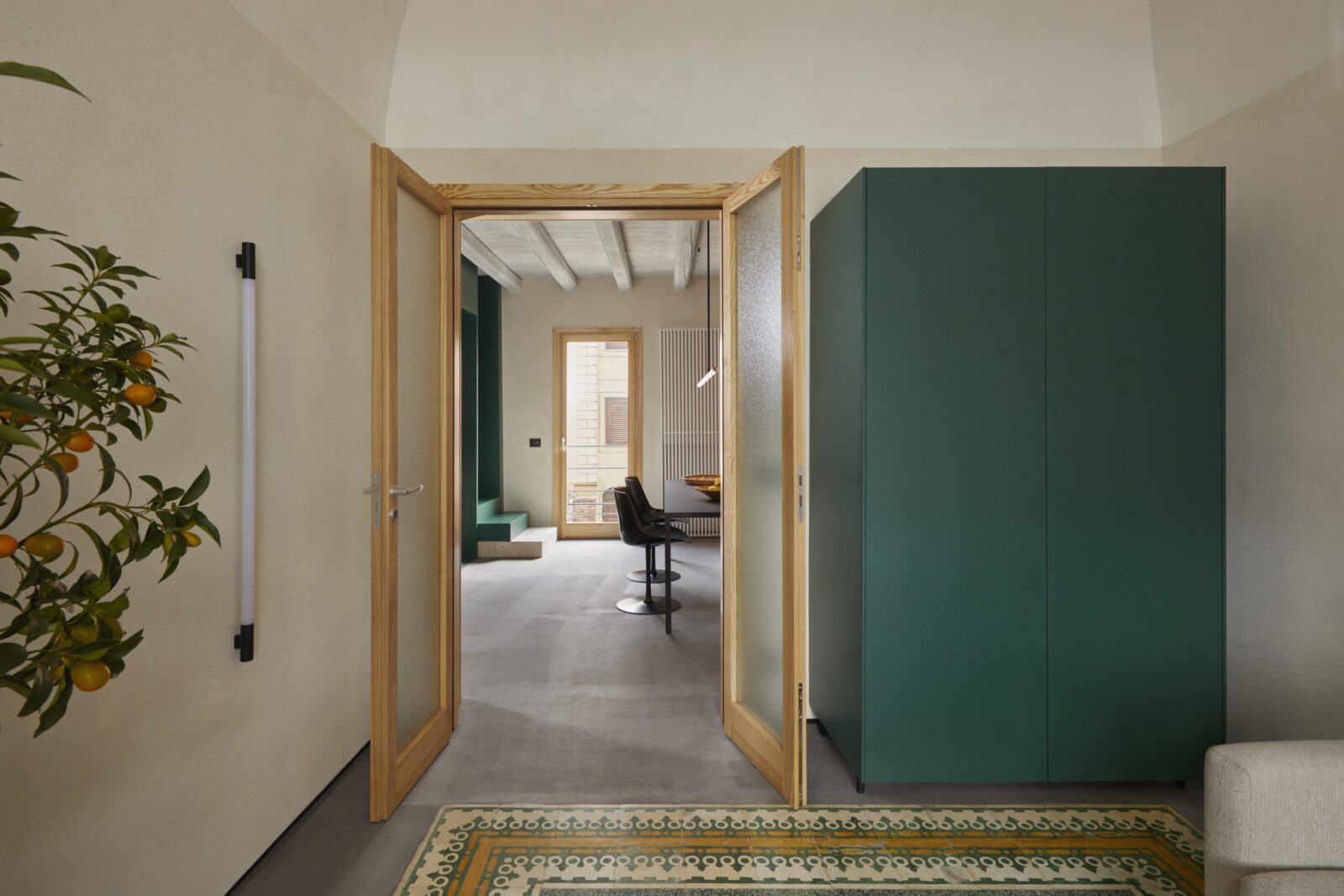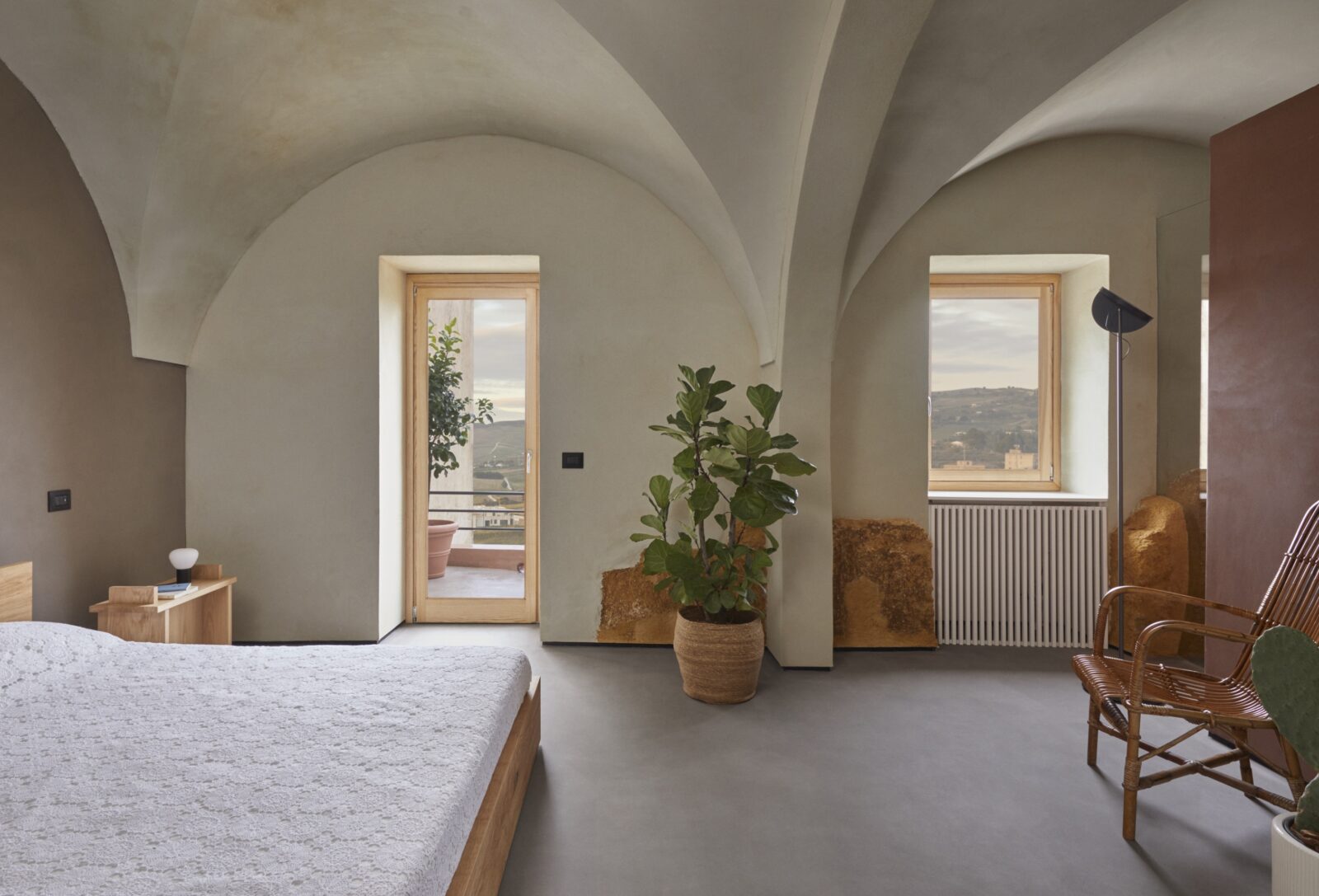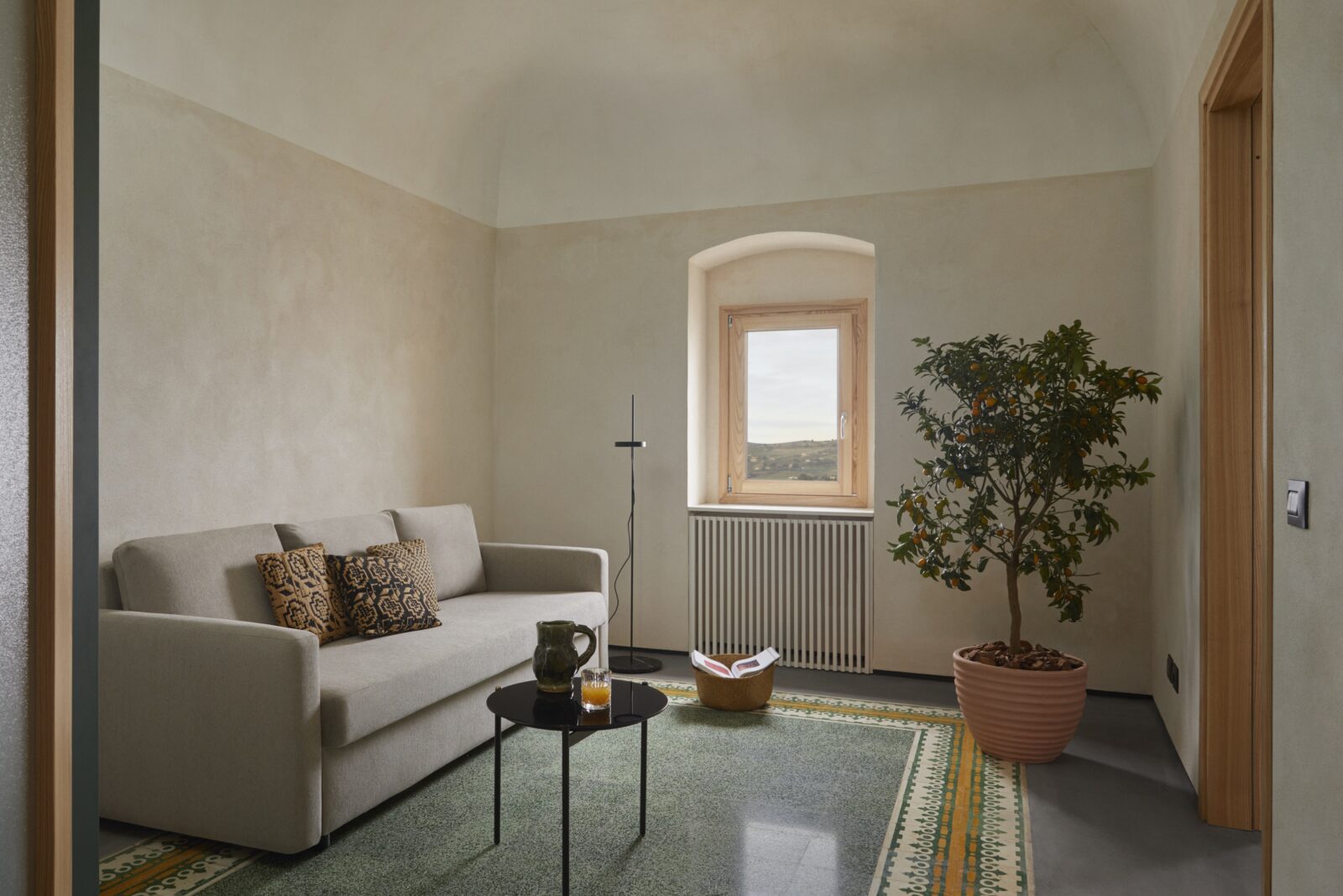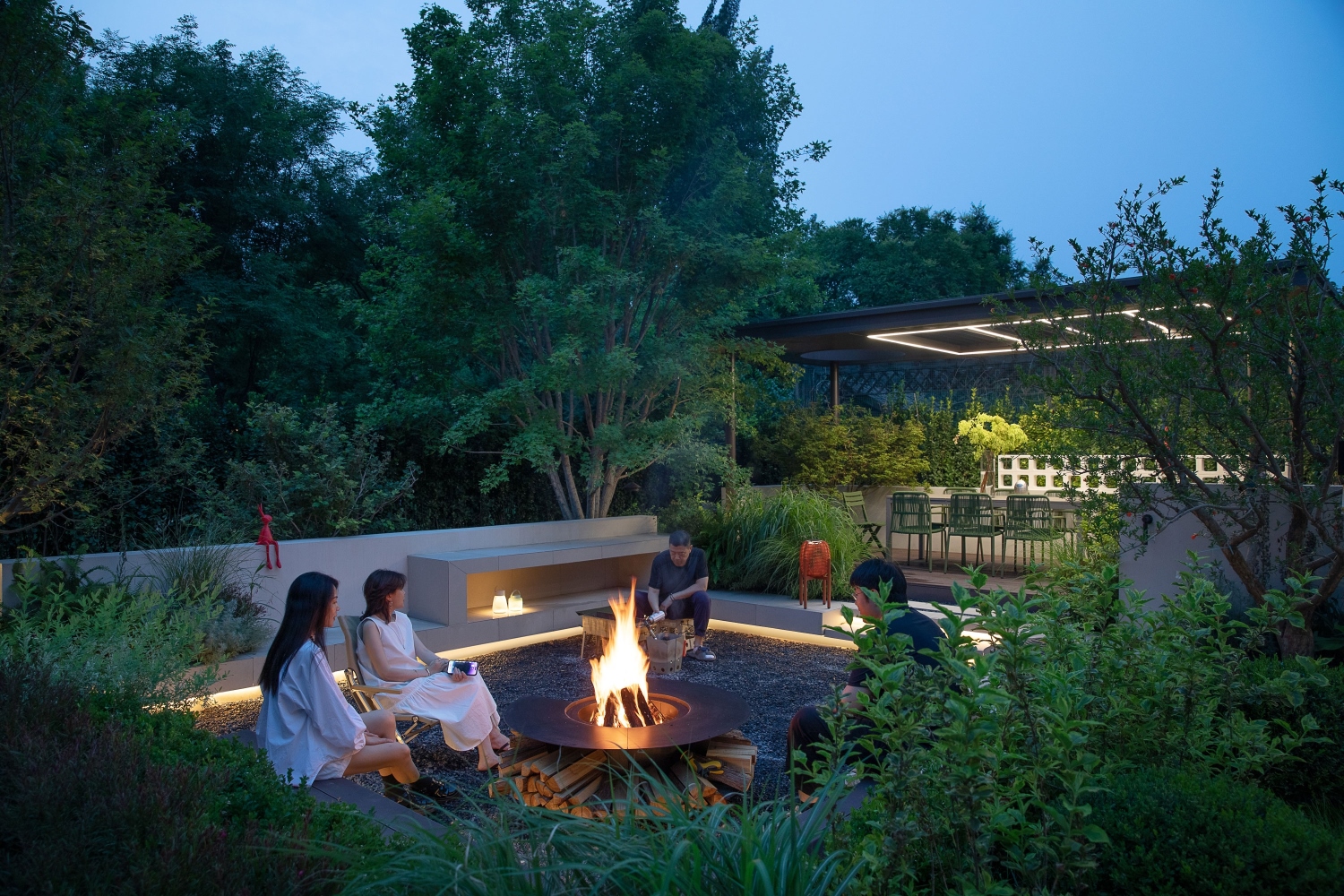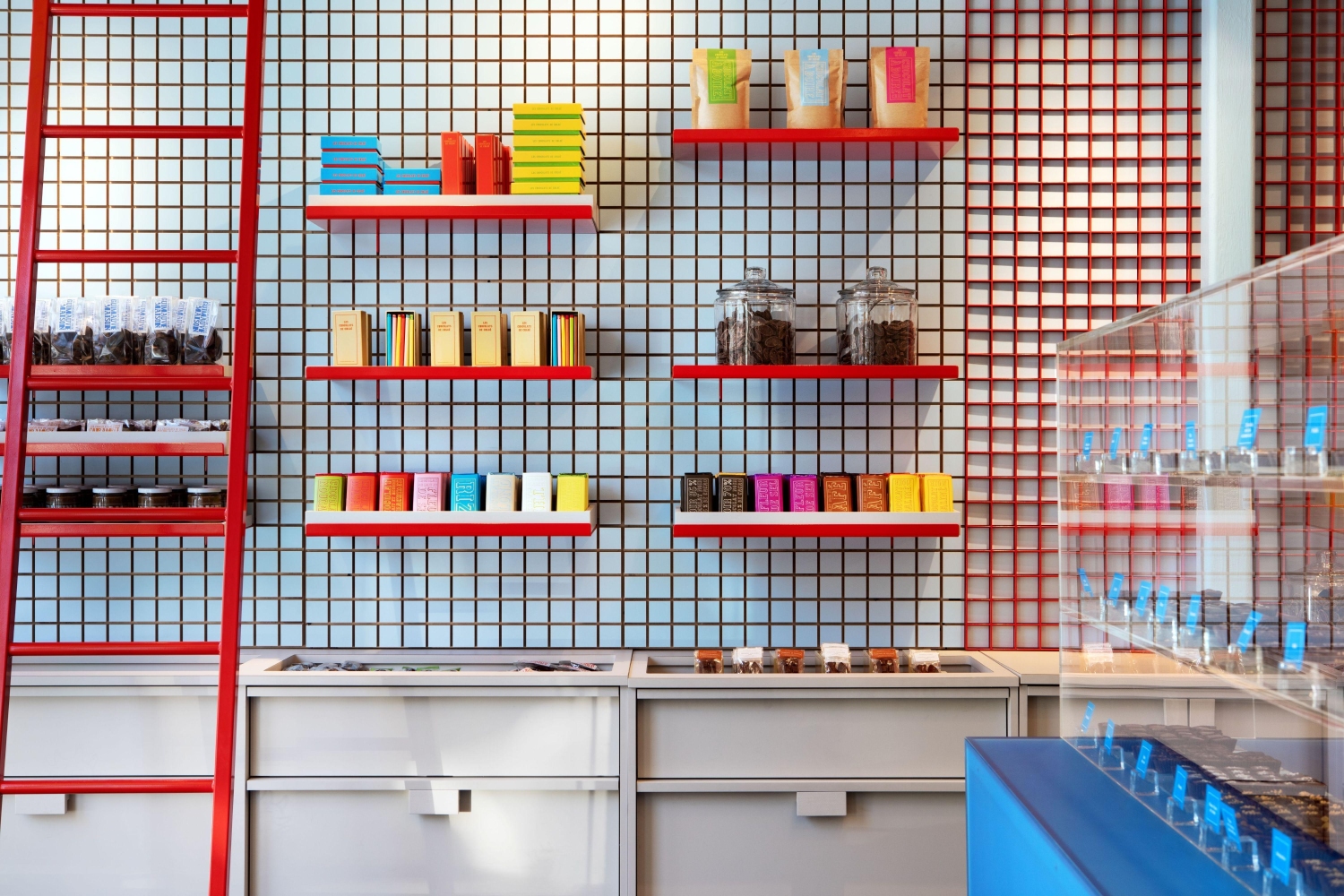Header: Chiara Zalla
In the historic heart of Sambuca di Sicilia, architecture firm Didea has turned a forgotten, crumbling stone house into a contemporary home. The project was developed in collaboration with Airbnb as part of the well-known “1 Euro House” initiative, creating a powerful example of how to bring life back to historic villages through high-quality architecture. The goal was to create a space that respects local identity while offering a modern, global perspective on hospitality.
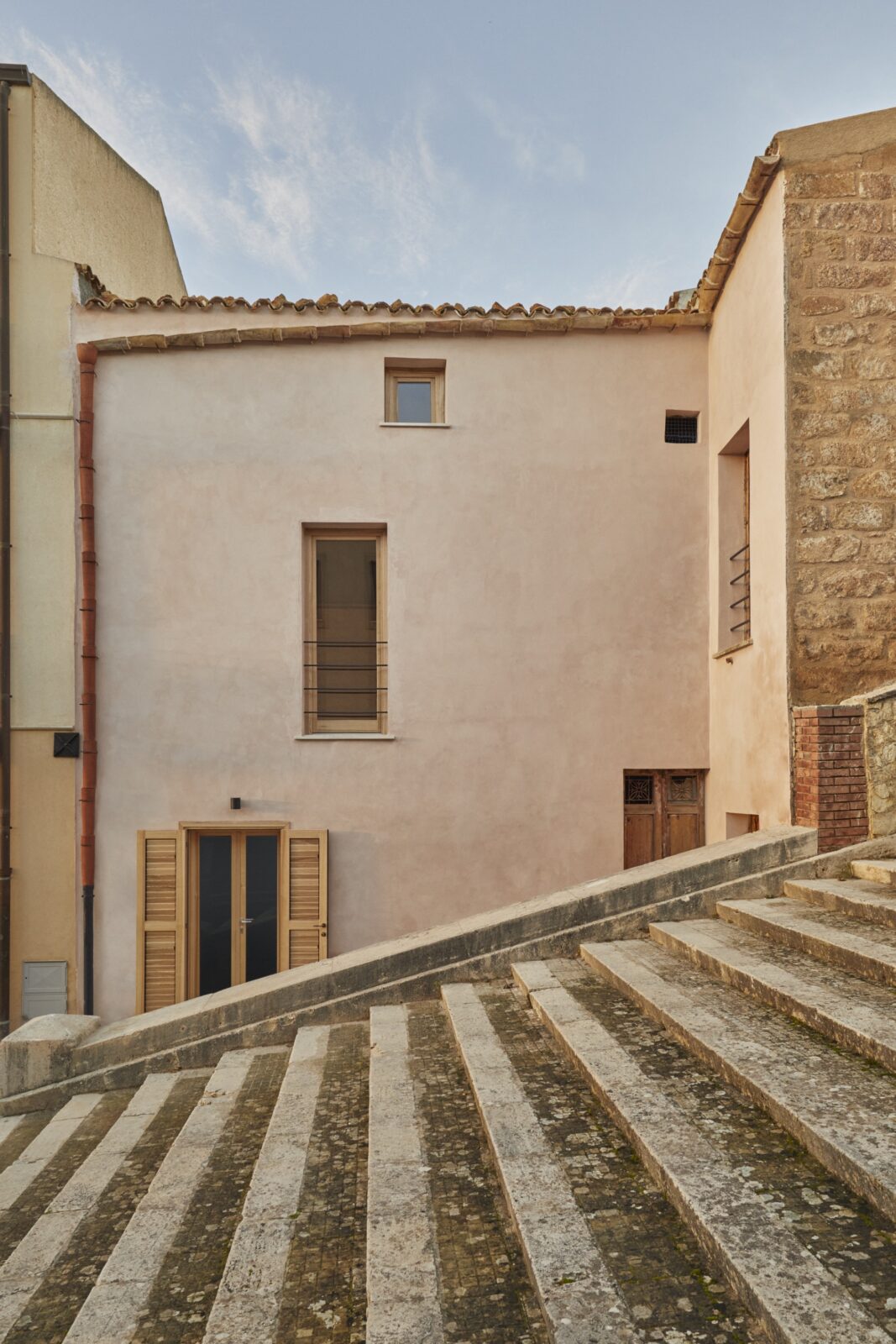
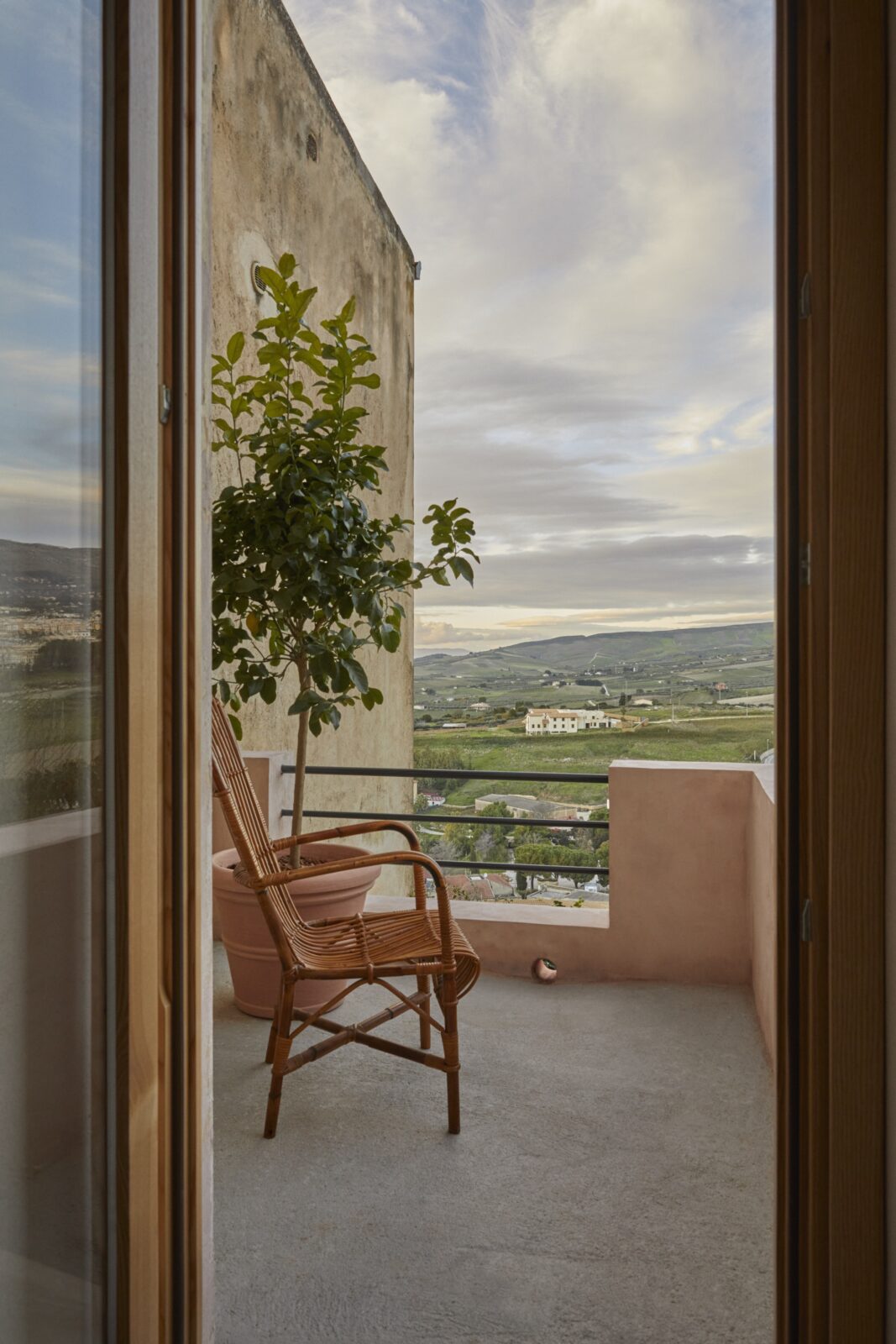
From ruin to residence
Commissioned by Airbnb, the project started with a structure from the early 20th century that was in a complete state of disrepair. The floors had collapsed, there were no utilities, and dampness was a major issue. While the symbolic €1 purchase price is attractive, the real challenge lay in careful budget planning and resource-conscious choices to manage the extensive renovation costs. Didea’s team established a structured process to turn the dilapidated building into a livable space, proving that the initiative can succeed with a clear architectural vision. They focused on restoring the building’s dignity without resorting to nostalgia, creating an authentic experience.
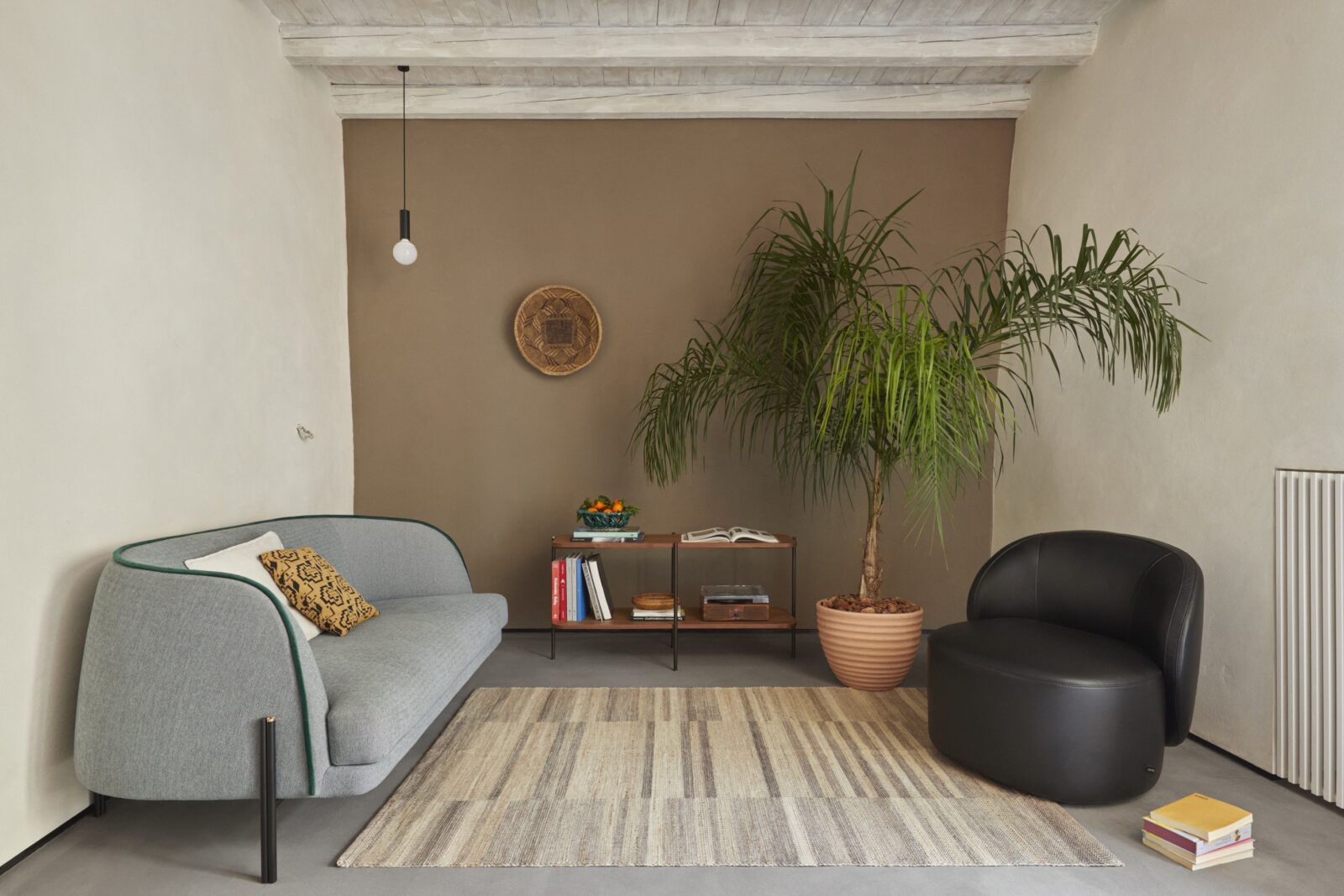
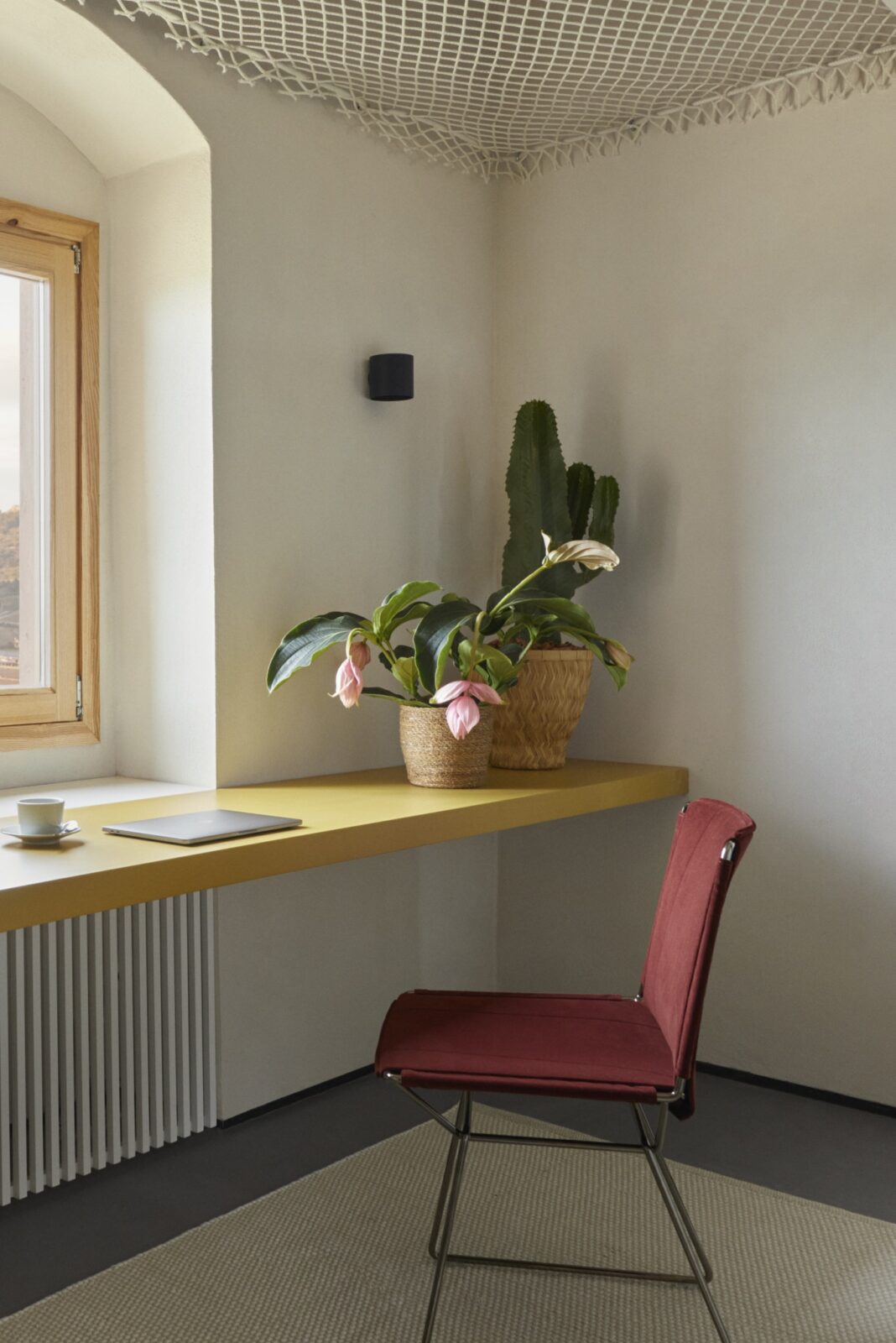
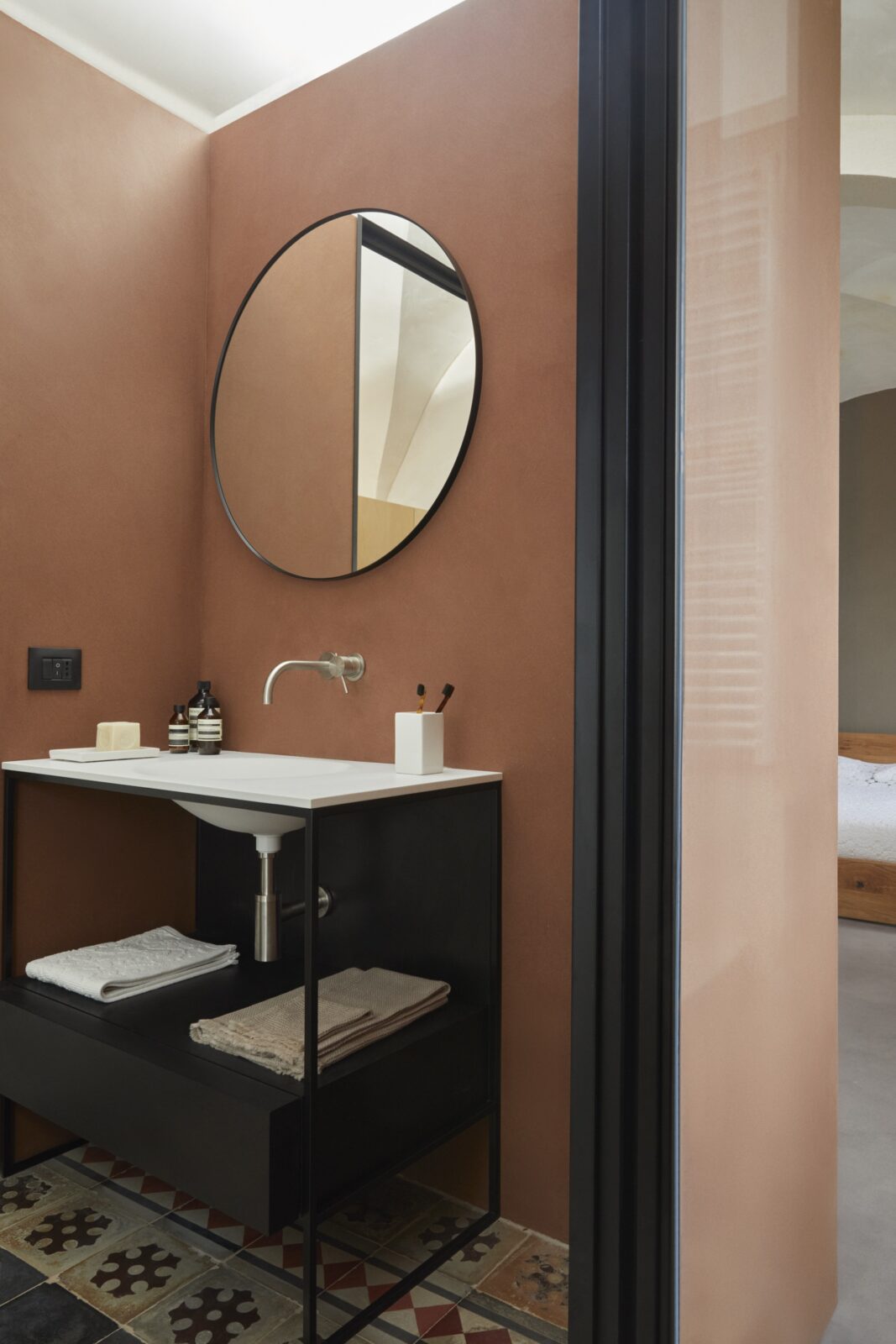
A new interior of steel and light
The firm’s intervention was both measured and attentive. While respecting the building’s original architectural grammar, they introduced a new open-plan interior that unfolds across three compact levels. A defining feature of the home is the pair of perforated steel staircases, one rendered in a vibrant red and the other in green, that run vertically through the space. These sculptural elements provide a pronounced contrast to the warm, muted palette of the interiors and are colored to reference the tones of the surrounding Sicilian landscape. Didea also retained and enhanced original features like vaulted ceilings and timber floors, reinforcing the character of the house. Natural light plays an active role, filtered through the perforated steel of the stairs and translucent internal doors, animating the rooms throughout the day.
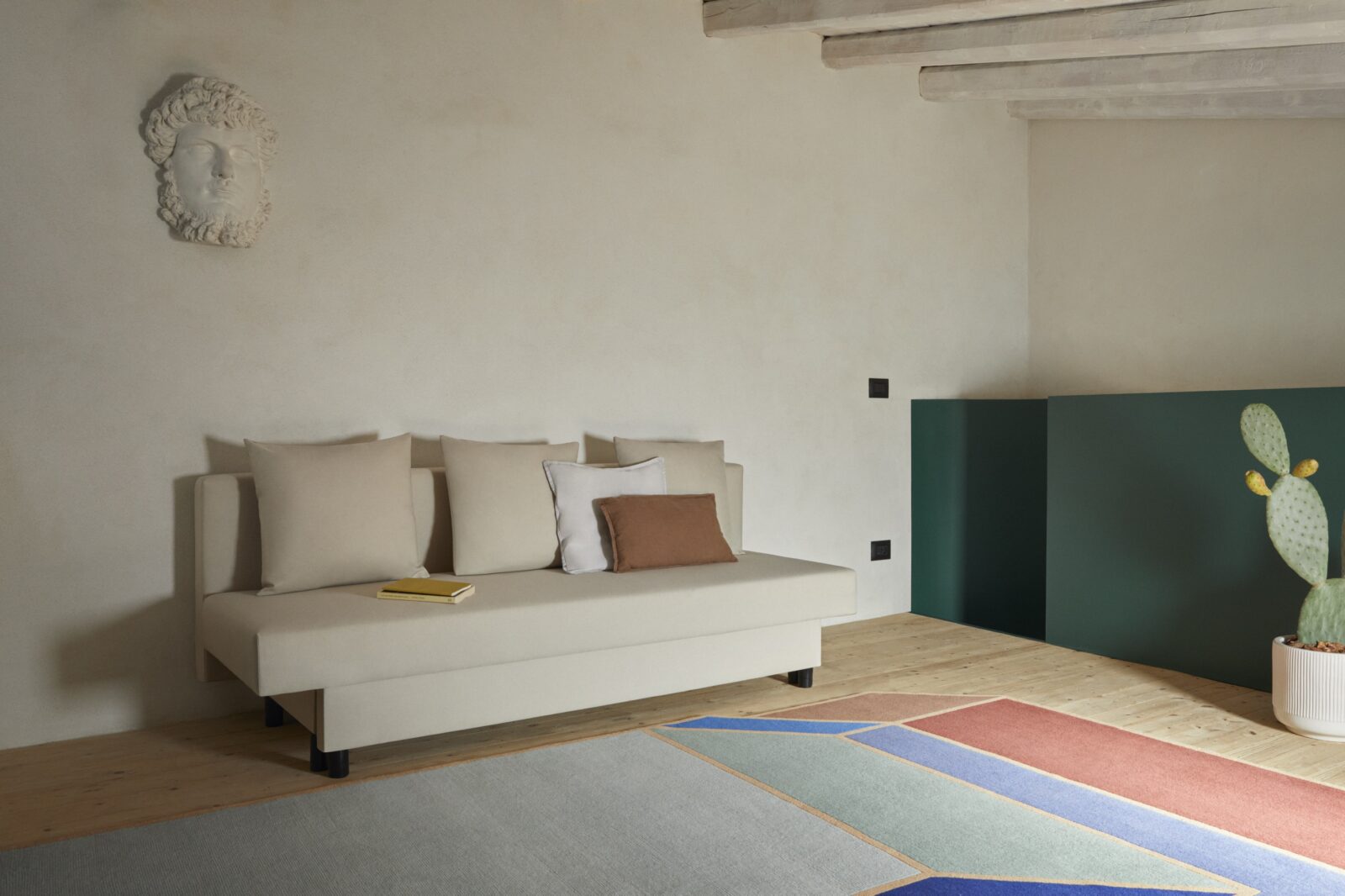
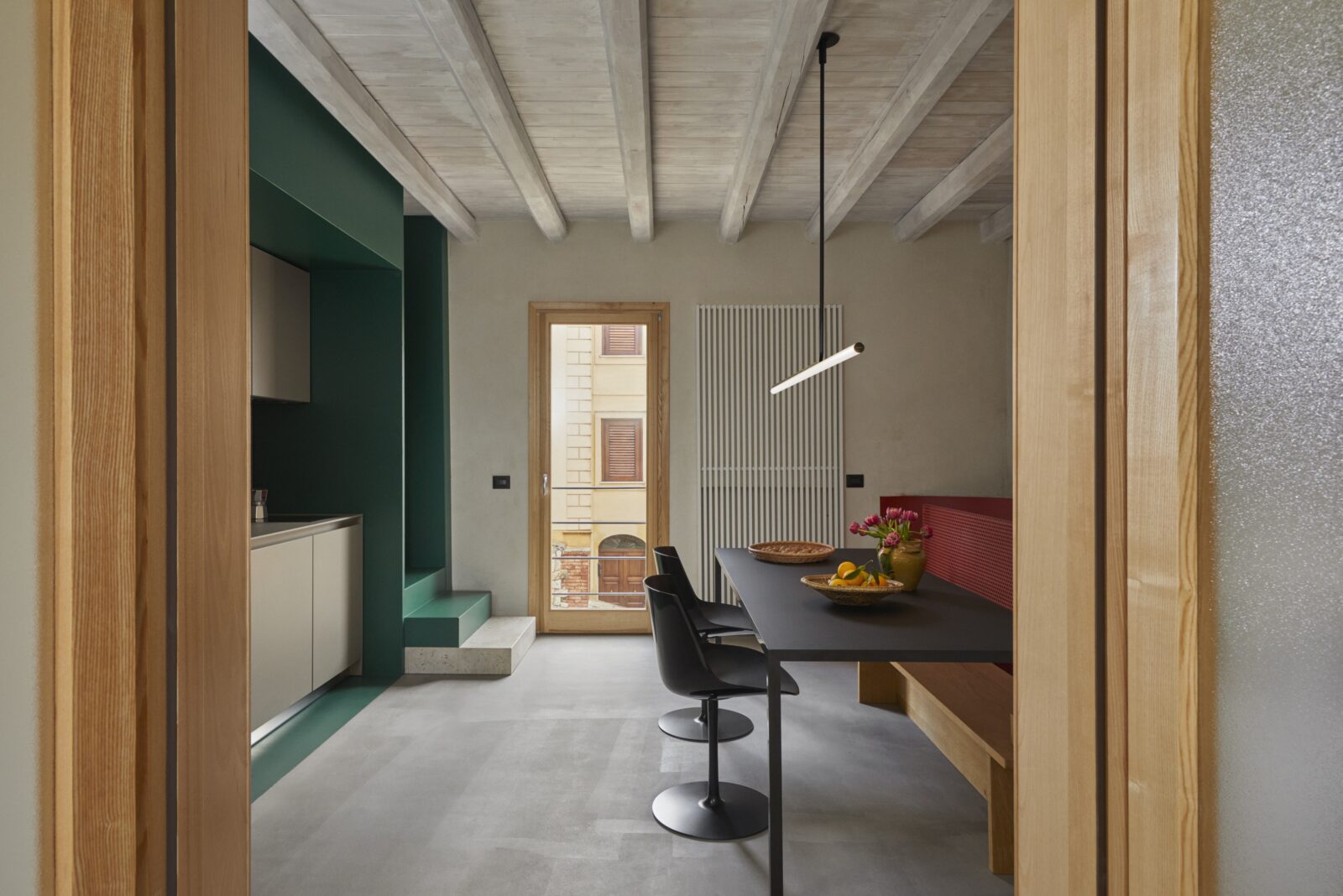
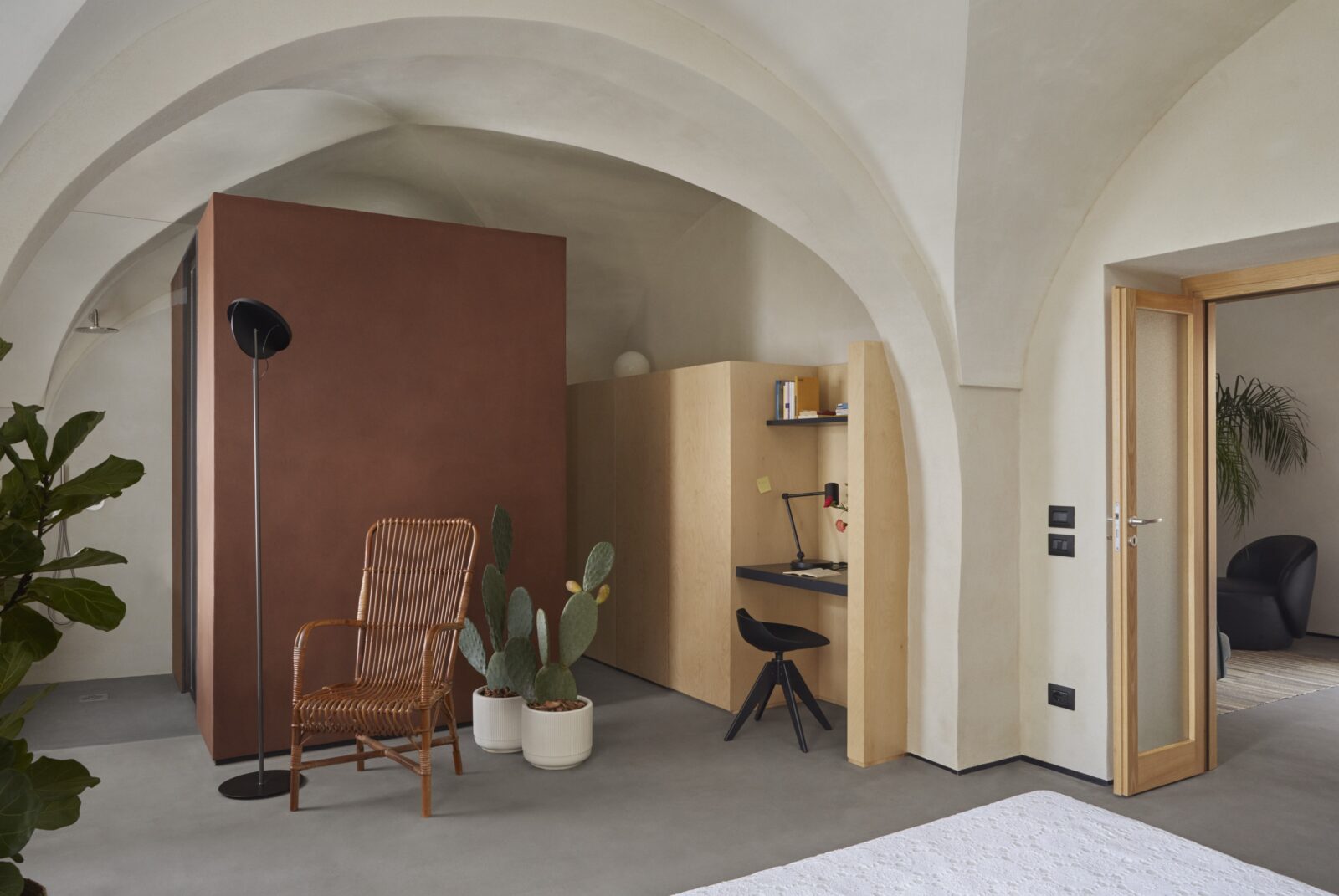
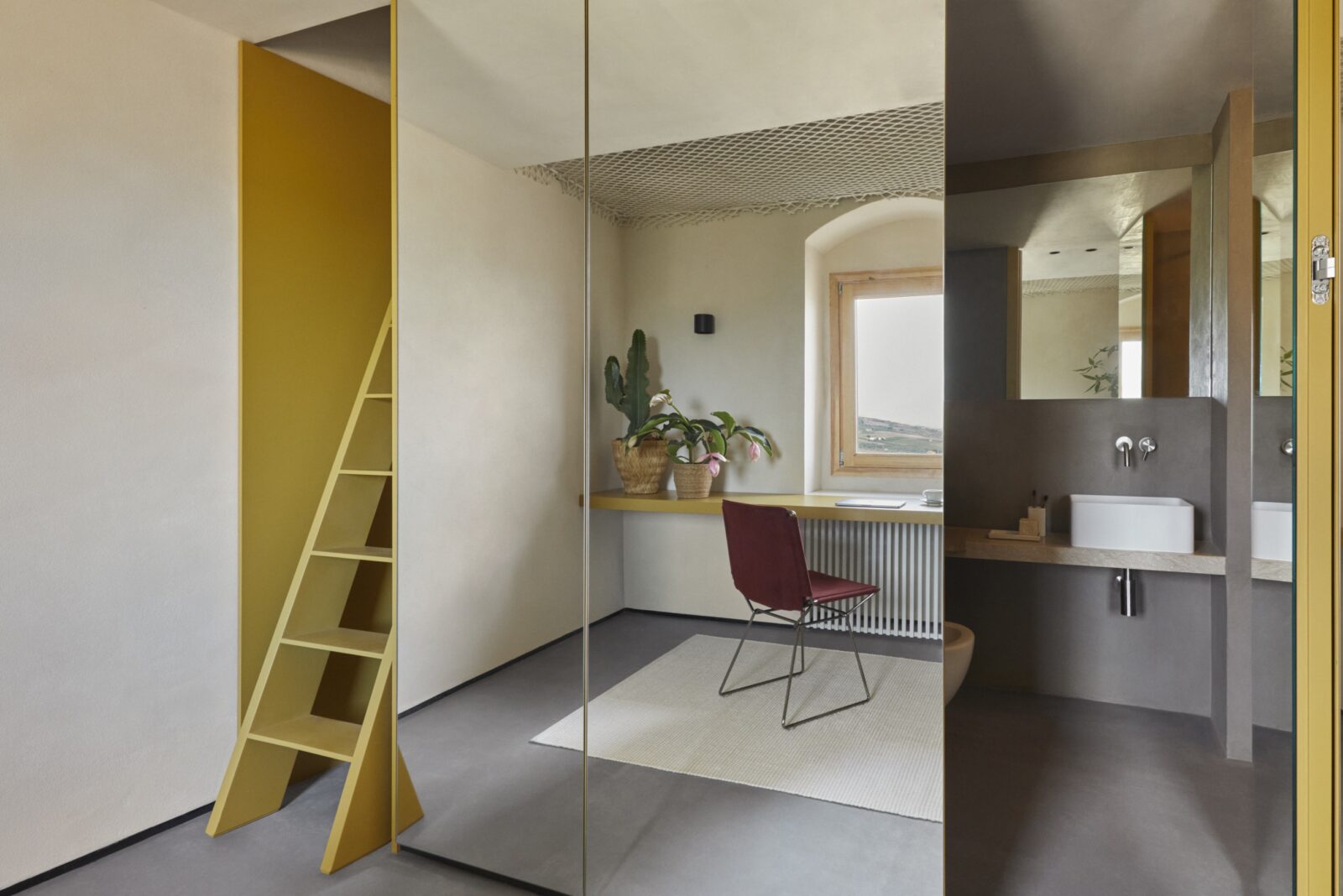
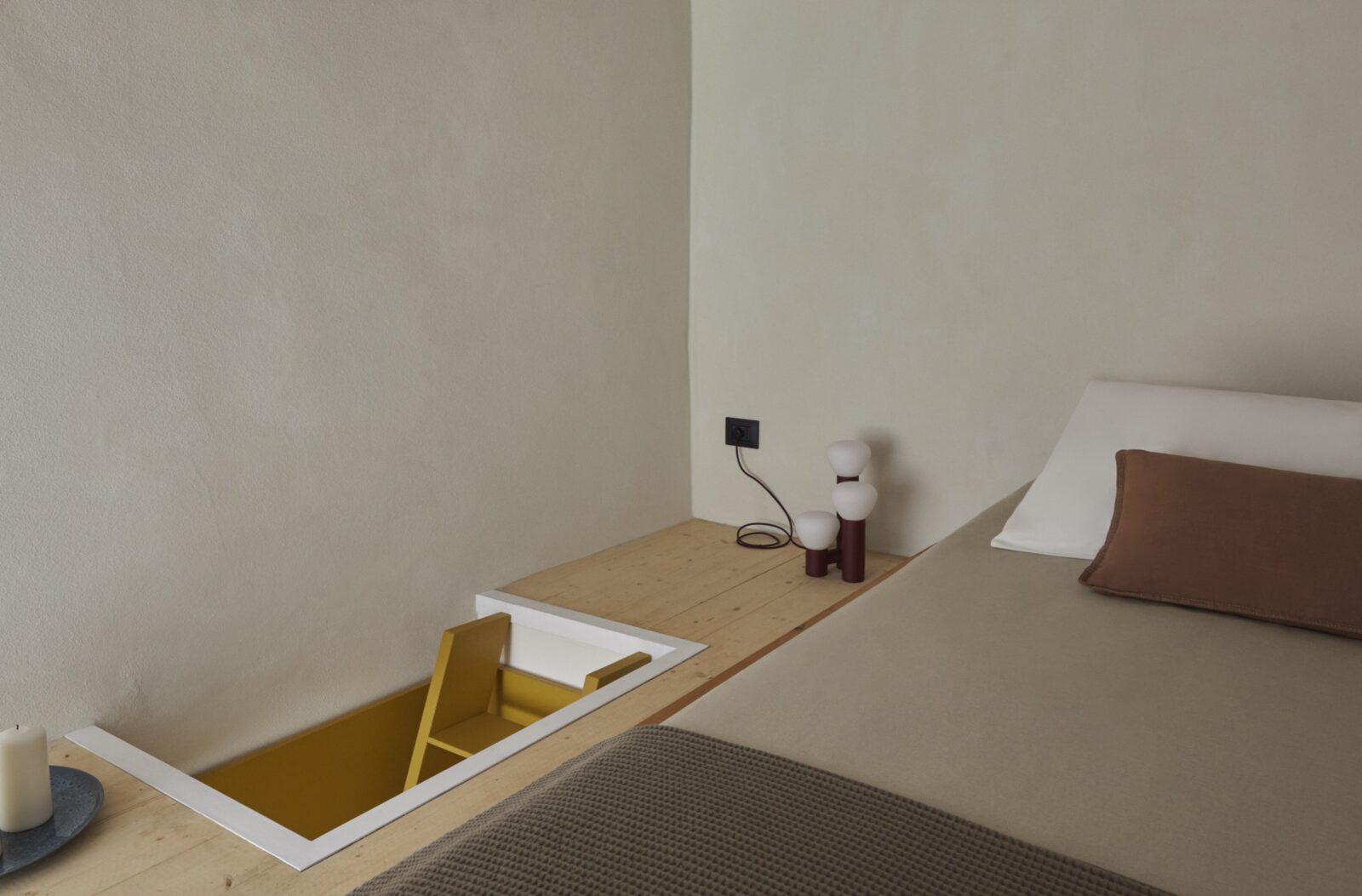
Sustainability and tailored design
Every element in the residence is bespoke. From the staircases to the integrated furnishings, each piece was designed to fit the proportions of the rooms and the functions of a home. This architectural tailoring ensures every detail contributes to a clear identity built on comfort and spatial clarity.
Sustainability is a core part of the design, but it is embedded rather than advertised. The use of natural, breathable materials like lime plaster and raw earth helps with thermal comfort and energy efficiency without invasive technologies. The decision to restore rather than rebuild, and to work with local craftsmen and resources, makes the project deeply connected to its context. As Didea co-founder Nicola Andò states:
“Restoring what already exists is, in itself, an act of sustainability. In Sambuca, we succeeded in breathing new life into a piece of vernacular architecture.”
